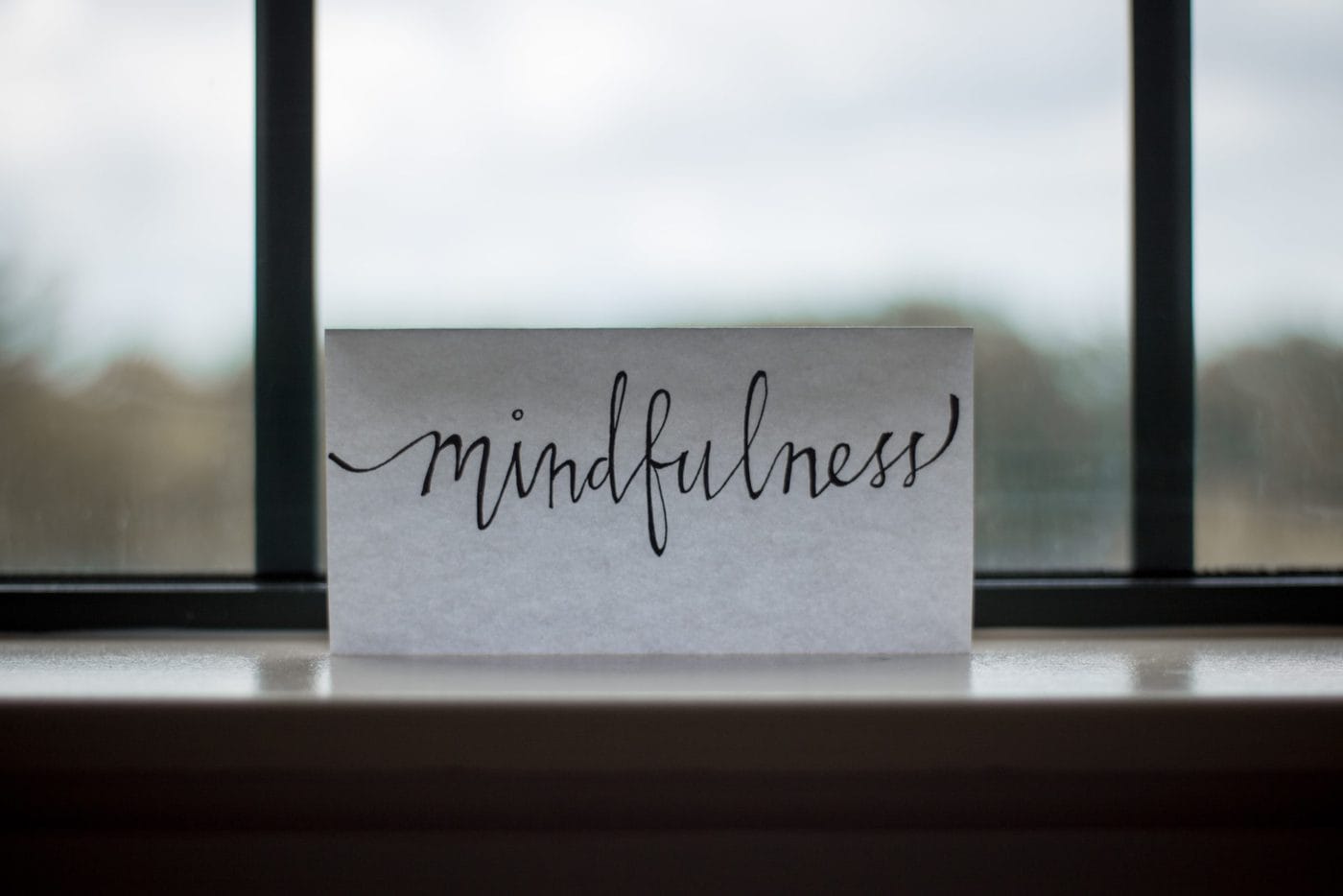Using Mindfulness to Work Skilfully with Anger
The Unwelcome Guest
Often anger shows up as an unwelcome guest. Before we know it, it has sabotaged our peace of mind, creating an intensity of emotion that feels like we are handling fire. Within an instant, we may have reacted impulsively and acted on our feelings in ways that can damage relationships or make a tense situation worse. Of course, sometimes the anger may be directed towards ourselves or we become angry at a situation which is not going the way we want it to. What to do?
Mindfulness training teaches us to first recognise what is going on within us. In doing so, we become aware of the activity of the mind, the angry thoughts, the heated emotions and how these play out as either intense or very subtle sensations within the body. Increased tension in the neck and back, a tightening of the muscles in the face and hands, changes in the way we breathe and an increase in heart rate are pretty reliable indicators that a strong emotion is playing out within us.
The Importance of Recognising and Allowing what is Going On
We will usually find too that the mind has become very activated with lots of negative thoughts either about the person or situation we are angry about. These thoughts provide the fuel for the powerful emotion of anger and the way it shows up in the body as described above. Mindfulness training makes it easier for us to clearly recognise that we are angry. This is an important first step, especially for people who have constructed an identity of being ‘nice’ or ‘kind’ or always being ‘polite’.
Once we recognise that we are angry, the next step is to allow the feelings of anger to be fully experienced in the body. This may seem like going against all the things we were taught about how to deal with anger when we were growing up. Allowing is not quite the same as acceptance. We are not saying “Everything is okay”. Instead, we are deliberately turning towards the difficulty, rather than resisting it or running away from it or pretending it isn’t there in the first place. This is not such an easy thing to do and it is possible that we end up giving it the wrong kind of attention. The mistake we can so easily make is to really focus on those thoughts. Before we know it, we get sucked into them and then even more negative thoughts arise. These thoughts tend to build a storyline or narrative. They create a frame of mind where whatever we notice next, seems to confirm our increasingly tightly held judgements about the situation. The secret here then at this stage, is to step back from the thoughts by really focusing on the body sensations.
Why Paying Attention Can Be Tricky
Two potential problems can arise when we focus on body sensations. One is that we really don’t like what we notice and start judging ourselves for feeling that way: “I shouldn’t be feeling this tense” etc. This promotes an unhealthy self-criticism where we are now also directing anger towards ourselves. The other potential difficulty is that we don’t clearly register what is going on in the body. We end up convincing ourselves that we are ‘fine’ and don’t really pick up on things like an increase in temperature or tension in the body. Both of these potential problems can be addressed through the skilful use of two particular mindsets or attitudes.
These attitudes are curiosity and kindness. Curiosity is the fuel that drives our attention so that we notice what is going on. Very often, our attention is divided so that we are not fully registering what is going on in the body. Our over-reliance on smartphones and various other devices can make it harder for us to really focus and sustain attention. Deliberately bringing an attitude of curiosity makes it easier for us to really lean in and see and feel what is going on for us. This ability to call on a sense of curiosity is made easier by having a clear intention in our mind to do so. Once we are clear in our intention, curiosity and the ability to sustain attention become possible. But there is a danger here. What if we don’t like what we see?
This is why we need the second attitude of kindness. Kindness here is not be confused with sentimentality or the idea that we should be ‘nice’ to everyone. It is a much more radical turning towards ourselves with a sense of acceptance, appreciation and compassion. It includes a sense of being supportive and seeing what is needed now to reduce suffering for ourselves and others. It is often the case that when people first become more mindful, they discover things about themselves such as the presence of physical or emotional pain that they would rather not know about. It can be disconcerting. That is why the attitude of curiosity needs to be accompanied by kindness. When we don’t like what we have discovered about our experience we need kindness to really tolerate the potential distress of it. Otherwise we end up building more resistance, more denial and the discomfort of anger feels even more uncomfortable.
Giving Anger some Breathing Space
With the twin qualities of curiosity and kindness, we give the anger a chance to breathe, to be fully experienced in the safe container of the body. Deliberately focusing on the breath for a brief period also helps to regulate the body so that it is less consumed by the anger. This is another support that prevents us getting caught in the trap of inflamed emotions and obsessive thinking. This breathing space, gives us also a sense of mental space. We see that we have a number of options about how to deal with the anger. If at this point it feels that the anger should be expressed, it is now much more likely that we can do it in a way that feels safe both for the person we are angry with and also for ourselves. The emotion of anger may still have a healthy intensity to it but we know we are in control. We have grounded ourselves in an awareness of the body and the breath. Any expression of anger will have an appropriate assertiveness to it while having due regard to the feelings and needs of others.
For many of us though, certain patterns of thinking lead to regular and predictable experiences of feeling angry. These patterns can cause us needless suffering. In the third part of this series on anger, I explain how mindfulness can support us in gaining some freedom from these mental patterns that no longer serve is so well.






